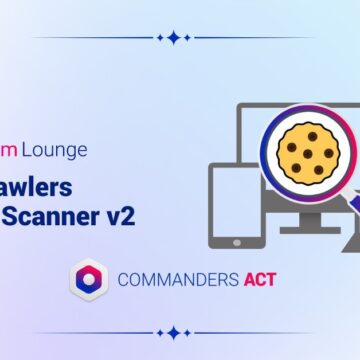Why does the last click model endure?
17/04/2019 |

Despite the customer journey becoming ever-more difficult to follow, due in no small part to our omni-channel world, attribution models remain largely focused on the last click. And this is not for purely technological reasons…
It’s a paradox: while digital advertising seems to be an avid consumer of technological innovation, with programmatic advertising and DCO (Dynamic Creative Optimization) being prime examples, the fundamental question of attribution appears to have been forgotten. And the paradox is even bigger when we consider that it involves identifying the most effective levers in which to invest the €4.094 billion that the French digital marketing market represented in 2017.
Are my adverts really seen? Which channels (search, display, affiliation, etc.) are the most effective? Are my partners paid fairly depending on their contribution? How can I adjust my marketing mix to make best use of my advertising budget? These are the questions that attribution is supposed to answer. By default and largely by old habit, the last click model, whereby the conversion is attributed to the last touchpoint, is the one that rules supreme. However, with the rise of omni-channel, last click attribution is increasingly flawed. Especially for advertisers who invest huge amounts of their budget into mobile.
Omni-channel: a spanner in the works
Even though various omni-channel metrics show that mobile plays a key part in the conversion, the natural instinct is to look at the last click, to the detriment of mobile. And this is a problem for advertisers, whose budget allocation for mobile advertising is on the rise…
Every company grappling with their audience’s omni-channel journey are coming face to face with the limits of their attribution models. Is technology to blame? In part, for sure, due to the complexity: it’s not easy to match a journey that involves web browsing, on desktop and mobile, as well as mobile apps. And that’s without including adblockers and Apple’s Intelligent Tracking Prevention, which make the task a whole more difficult. In such circumstances, how can you work out which channel plays the role of ‘instigator’, ‘influencer’ or ‘scorer’? Algorithmic models (such as Markov chains) help but don’t offer the definitive solution. The tool informs the decision but can’t make the decision itself.
Organisational silos hamper global performance management
How can you make the right decision to, for example, optimise your budget and maintain conversions with less touchpoints? In search of the answer to such questions, businesses have come to realise that the main obstacle to more realistic attribution is not just technological, but also organisational. For one simple reason: teams are organised — and incentivised — by channel (SEO, SEM, Social, Display, etc.), which seriously hampers global performance management.
The consequences of such organisational silos are well known: echo effects are ignored (the fact that multiple views on one channel prepares the conversion on another) while conversions are higher, since several channels are attributed the same conversion. The issue is tackled through deduplication, which in practice involves commissioning partners based on performance, to avoid paying several times for the same conversion. In other words, the contracts are revised but the heart of the matter, the attribution model, still remains disconnected from reality.
And this is the crux of the matter: how can you get back in touch with reality, in order to progressively adjust your attribution model? The first step is an open exchange of information: give everyone, regardless of their assigned channel, a global overview of cross-channel (including the physical world, such as shops) and cross-device performance; share traffic and conversion goals; send out the same warnings to compare theories and precisely locate the causes, etc. With this shared foundation, models can be tested and adjusted to bring the attribution model closer to reality. And the aged practice of last click can finally be put to bed.










